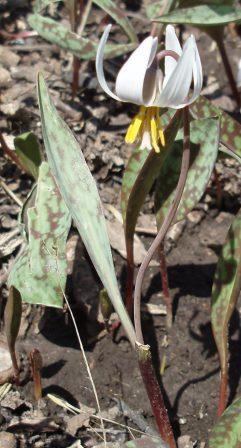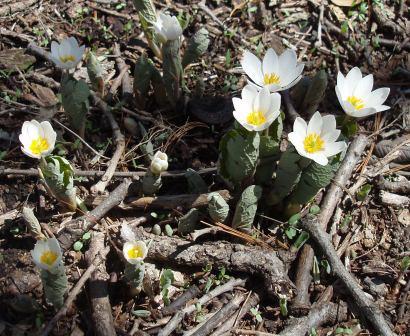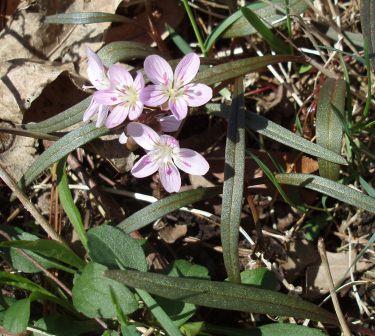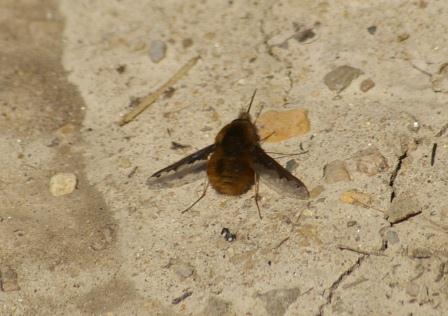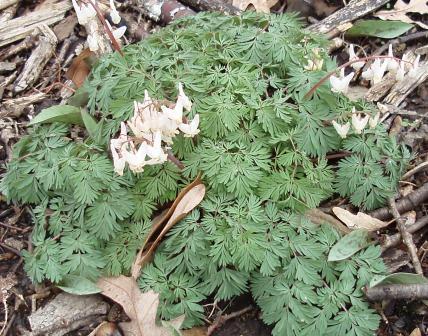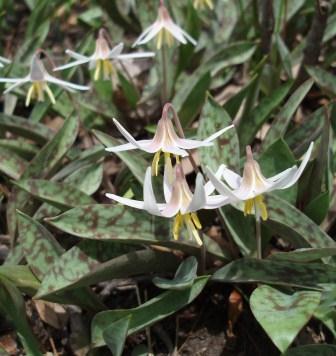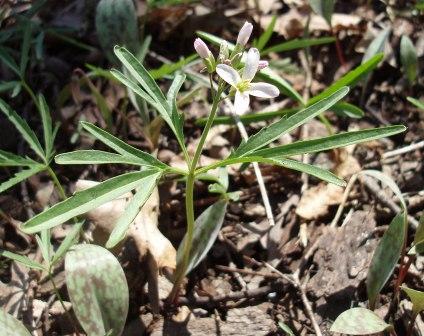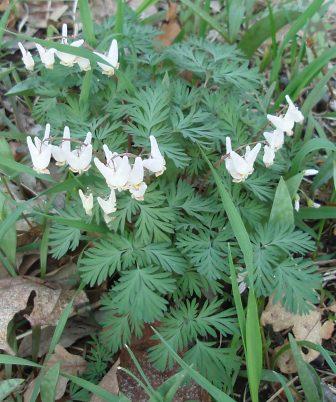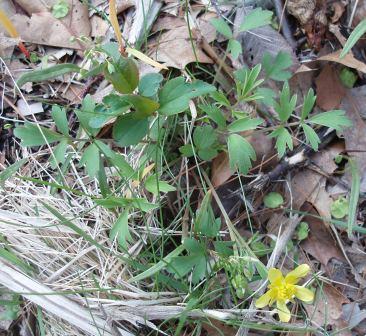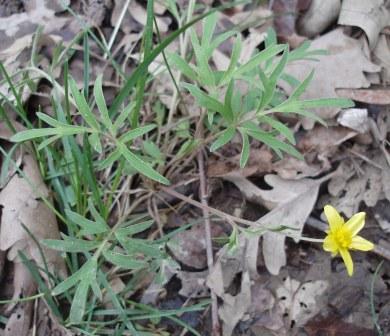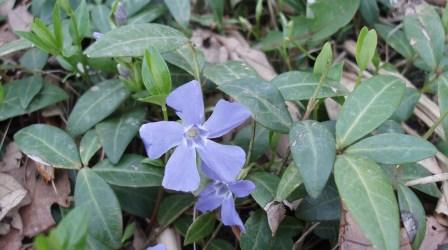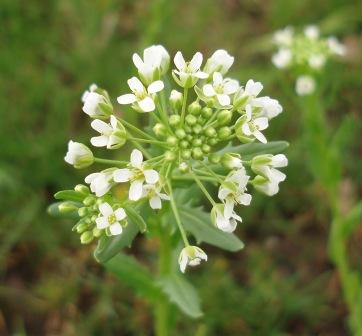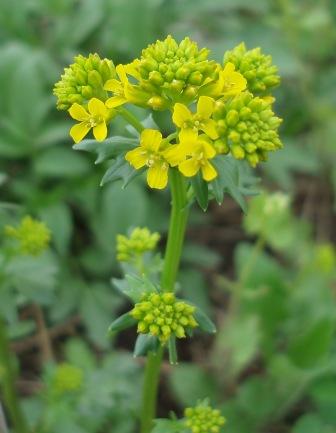by Carl Strang
After the spring beauties broke winter’s long suppression of wildflowers, other plants quickly have begun to bloom at Mayslake Forest Preserve.

Bloodroot is a popular subject for nature photographers. Seed-carrying ants have been spreading this species in several directions from one initial colony in the south savanna.
Bloodroot is one of many plants in several families which convergently have evolved little edible handles called elaiosomes on their seeds. The ants carry the seeds to their nests, and after consuming the elaiosomes discard (plant) the seeds.

The year’s earliest sedge to bloom on the preserve, the common oak sedge, also is flowering, here surrounded by white trout lilies and cutleaf toothworts.
The trout lilies and toothworts are flowering now, along with common blue violets and others. So far these few species are pointing to an average to slightly early year as measured by flower phenology at Mayslake.

